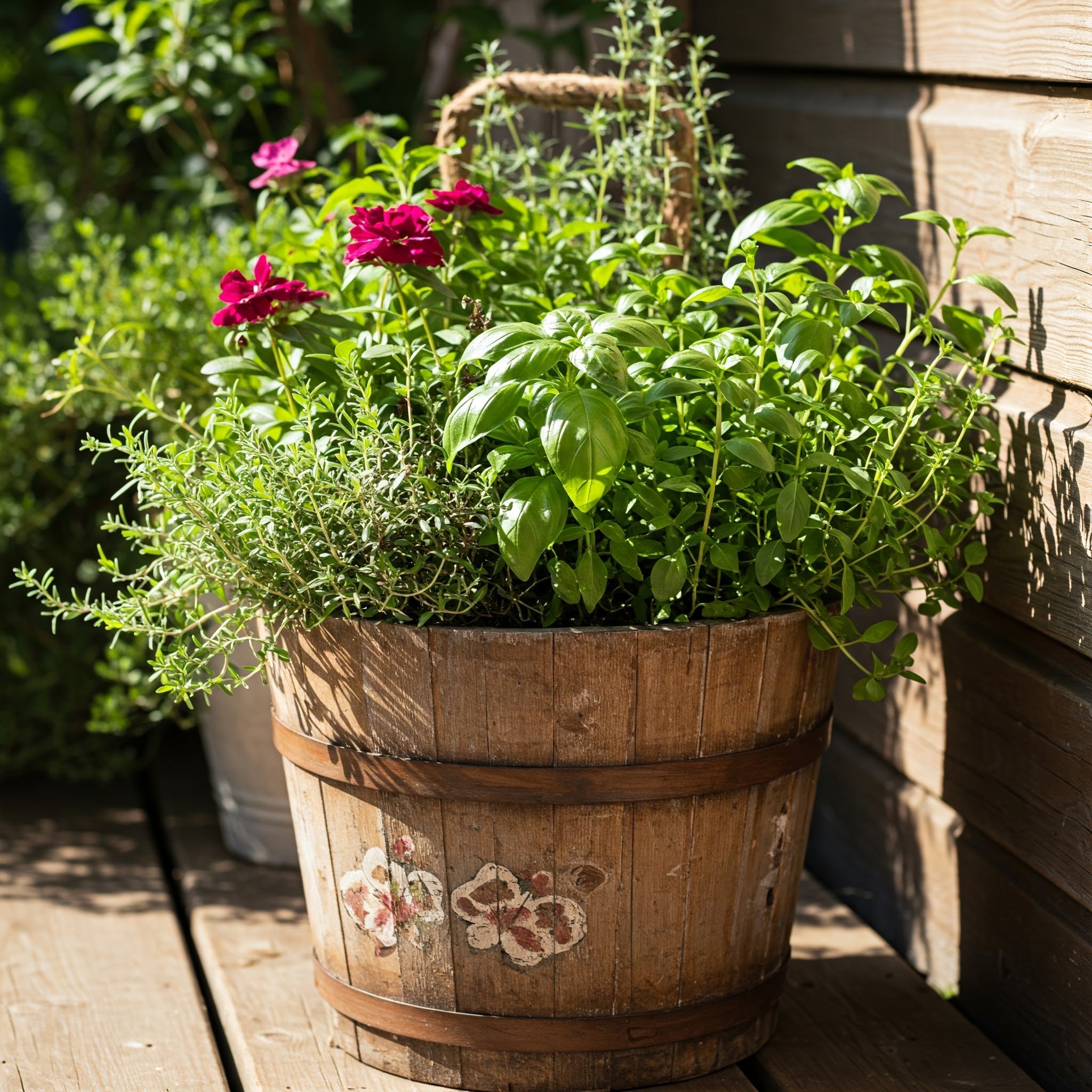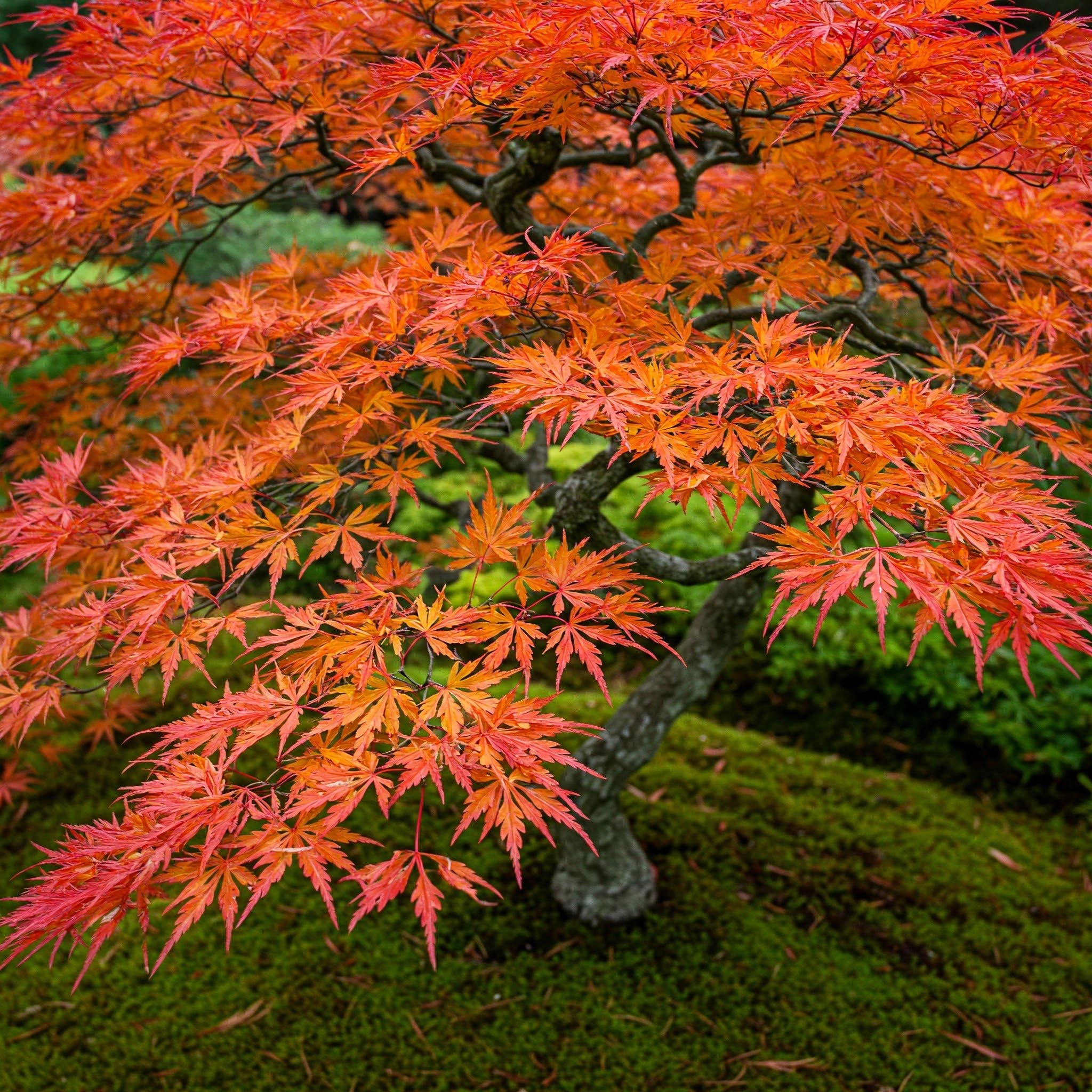How to Grow and Care for Aeoniums: Essential Tips
Discover the essential tips for growing and caring for aeoniums, those charming succulent plants that can brighten any space. Learn about watering, sunlight, and propagation techniques to ensure your aeoniums thrive!
If you’re a plant lover like me, you know there’s nothing quite as delightful as watching your greenery flourish. Among the succulent stars, aeoniums stand out with their unique rosette shapes and vibrant colors. They’re like the quirky friends of the plant world—stylish, low-maintenance, and ready to bring a touch of the exotic into your home or garden.
But here’s the kicker: knowing how to grow and care for aeoniums isn’t just about watering them occasionally and giving them some sunlight. No way! These beauties have their own set of quirks and preferences, and we’re here to dig deep into their world. So, grab your gardening gloves and let’s dive into the essential tips that’ll have your aeoniums thriving in no time!
1. What Are Aeoniums?
Characteristics of Aeoniums
Aeoniums are succulent plants that belong to the Crassulaceae family, with their roots in the Canary Islands and other parts of North Africa. These stunning plants typically feature thick, waxy leaves that form rosettes atop tall stems. The leaves can come in a variety of colors, from deep green to shades of purple and even variegated patterns, making them a feast for the eyes.
Popular Varieties of Aeoniums
Some popular aeonium varieties you might want to consider include:
Aeonium arboreum: This is one of the most common types, known for its large rosettes and tree-like growth.
Aeonium 'Zwartkop': With its striking dark purple leaves, this variety is a real showstopper!
Aeonium tabuliforme: Also known as the "plateau plant," it has a unique, flat growth habit that sets it apart.
2. Choosing the Right Environment
Ideal Light Conditions
When it comes to light, aeoniums prefer bright, indirect sunlight. They thrive in locations where they can soak up the sun without being scorched. If you’re growing them indoors, placing them near a south or west-facing window is ideal. Too much direct sunlight can cause leaf burn, so keep an eye on those sun-loving beauties!
Temperature and Humidity Requirements
Aeoniums love warmth and can tolerate temperatures ranging from 65°F to 80°F (18°C to 27°C). They can survive cooler temperatures but should ideally be protected from frost. As for humidity, aeoniums are not particularly picky but prefer lower humidity levels, similar to most succulents.
3. Soil Selection for Aeoniums
The Best Soil Mix
Using the right soil mix is crucial for your aeoniums. A well-draining soil is a must! A cactus or succulent mix works wonders, but you can also make your own by mixing potting soil with perlite or coarse sand to improve drainage.
Importance of Drainage
Remember, aeoniums are prone to root rot if left sitting in soggy soil. Ensure your pots have drainage holes, and don’t hesitate to check for proper drainage, especially after watering.
4. Watering Your Aeoniums
How Often to Water
When it comes to watering, less is more! It’s best to allow the soil to dry out completely between waterings. During the growing season (spring and summer), watering every 2-3 weeks should suffice, while in the dormant months (fall and winter), you might only need to water once a month.
Signs of Overwatering and Underwatering
Keep an eye on your plants! If you notice yellowing leaves or mushy stems, you might be overwatering. Conversely, if the leaves are shriveling or curling, it could be a sign that they need water. Trust your instincts—feel the soil, and let that guide you!
5. Fertilizing Aeoniums
Types of Fertilizers
Fertilizing aeoniums isn’t always necessary, but if you want to give them a boost, use a diluted liquid fertilizer designed for succulents. A balanced fertilizer with a 10-10-10 ratio works well, providing essential nutrients without overwhelming the plants. Apply during the growing season for best results.
When and How to Fertilize
Fertilize your aeoniums during the growing season, typically in spring and summer, to support healthy growth. Mix the fertilizer with water according to the package instructions and apply it during your regular watering routine. Be mindful not to over-fertilize, as too many nutrients can stress or damage your plants. Stick to the recommended amounts to avoid root burn and ensure balanced growth. With the right care, occasional feeding will give your aeoniums the nutrients they need to thrive without compromising their health.
6. Propagating Aeoniums
Techniques for Propagation
One of the coolest things about aeoniums is how easy they are to propagate! You can propagate them using leaf cuttings or offsets (pups) from the main plant. For leaf cuttings, snip a healthy leaf near the base and allow it to callous over for a few days to prevent rotting. Once calloused, place the leaf in well-draining soil and mist lightly. Keep the soil slightly moist, and with a little patience, roots and new growth will appear, giving you a brand-new aeonium plant!
Tips for Success
After planting your aeonium cuttings, keep the soil slightly moist but not soggy to prevent rot. Provide bright, indirect light to help the cuttings establish roots and encourage healthy growth. Avoid direct sunlight, as it can be too harsh for new cuttings. With proper care, you'll start to see signs of new growth within a few weeks. Be patient, as aeoniums can take some time to root, but once they do, they’ll flourish and reward you with beautiful new plants.
7. Pruning and Maintaining Your Aeoniums
When to Prune
Pruning isn’t mandatory for aeoniums, but it can keep your plant looking neat and healthy. Trim off any dead or damaged leaves throughout the growing season to maintain its appearance and prevent pests. If your aeonium becomes leggy, don’t hesitate to trim back the stems to encourage fuller, bushier growth. The cut stems can even be used for propagation! Pruning also helps the plant focus its energy on new growth, ensuring it stays vibrant and well-shaped over time.
How to Prune Effectively
Use clean, sharp scissors or pruning shears to make precise, clean cuts when pruning your aeoniums. This minimizes damage and reduces the risk of infection or disease. Pruning in the morning is ideal, as it gives the plant time to recover throughout the day in bright, indirect light. After pruning, avoid watering immediately to allow the cut areas to dry and callous over, preventing rot. With careful trimming, your aeonium will stay healthy, vibrant, and well-shaped, promoting fresh growth and a fuller appearance.
8. Common Pests and Diseases
Identifying Pests
While aeoniums are generally pest-resistant, they can occasionally be affected by mealybugs, aphids, or spider mites. If you spot white, cottony masses or tiny webs on your plants, it’s a sign of infestation. Act quickly by isolating the affected plant to prevent the pests from spreading. Treat infestations with insecticidal soap or a neem oil solution, applying it thoroughly to all plant surfaces. Regular inspection and prompt treatment will help keep your aeoniums healthy and free from troublesome pests.
Preventing and Treating Infestations
To tackle pests on your aeoniums, apply insecticidal soap or neem oil, ensuring thorough coverage of all plant surfaces. These treatments effectively eliminate common pests like mealybugs, aphids, and spider mites. Regularly inspecting your plants is key to catching infestations early before they spread. Keeping your aeoniums clean by wiping leaves and removing debris also helps prevent pests from taking hold. With consistent care and early intervention, you can maintain healthy, vibrant plants free from infestations.
Conclusion
Growing and caring for aeoniums is a fulfilling journey that not only beautifies your space but also connects you to nature. With their easy-going nature and stunning looks, these succulents make fantastic additions to any home or garden. By following the tips and techniques laid out in this guide, you’ll be well on your way to creating a vibrant, thriving collection of aeoniums.
Frequently Asked Questions
1. Can I grow aeoniums indoors?
Absolutely! Aeoniums can thrive indoors, as long as they receive enough bright light and proper care.
2. How do I know if my aeoniums are healthy?
Healthy aeoniums will have firm leaves, vibrant colors, and a well-formed rosette. Watch out for signs of wilting or discoloration!
3. What should I do if my aeonium starts to stretch?
If your aeonium is stretching towards the light, it’s likely not getting enough sun. Move it to a brighter spot, and it should perk up.
4. Are aeoniums toxic to pets?
Nope! Aeoniums are generally non-toxic to pets, but it's still best to keep an eye on them to avoid any curious nibbling.
5. Can I grow aeoniums from leaves?
Yes, you can! Leaf propagation is an effective method, and it’s quite satisfying to see new plants grow from leaves.































